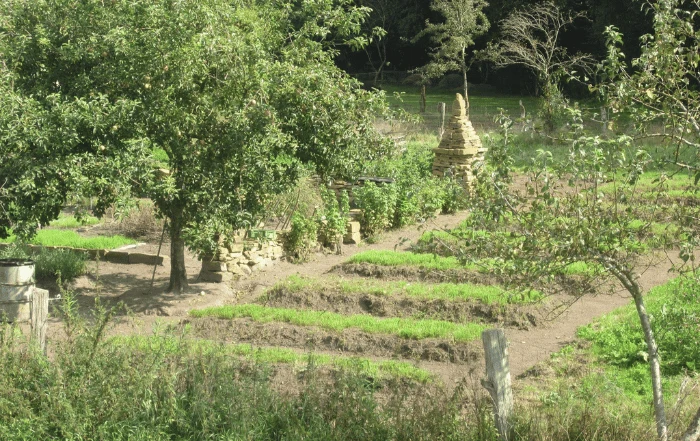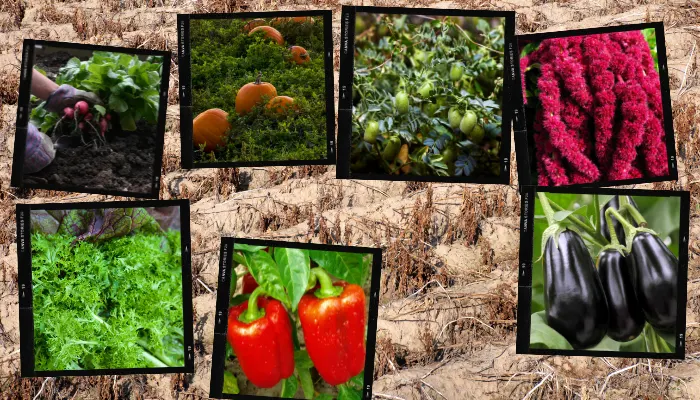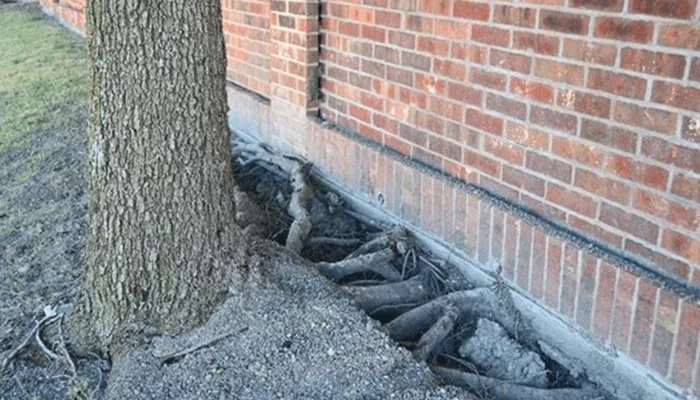Medieval Gardens are coming back into favor with many people, the reason for this could be the recent movies and TV shows based on medieval times, or it could be the beauty and functionality they provide for any home gardener.
No matter what reason you may have for wanting a medieval garden is, they are truly a wonderful addition to any yard, large or small.
Here’s some information that can help get you started.
Quick History & Background
According to medieval texts, the first medieval gardens originated at monasteries. Monks would grow gardens for specific purposes and would separate the plants according to their use.
A chessboard pattern was often used to create individual squares in order to keep the plants separate according to their use. They would use stones and gravel to make the squares, this border would also serve as walkways between the squares.
The gardens were also enclosed using stone or brick walls, hedges, trellises or fences of woven willow.
There were three main types of gardens:

Kitchen Garden
This garden would be used to grow vegetables and herbs for cooking. It's the most important garden during the medieval period.
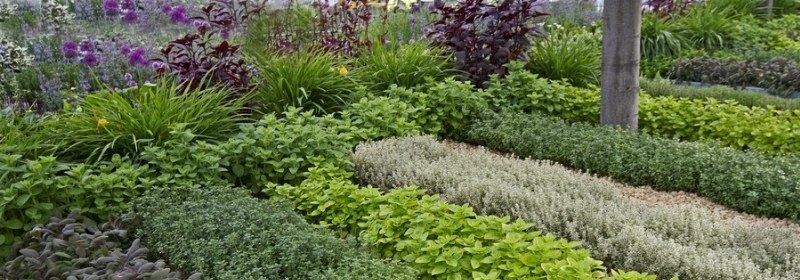
Medicinal Garden
This garden was used to grow herbs for their medicinal properties.
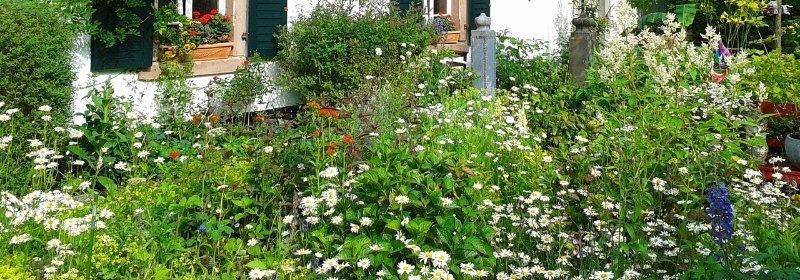
Ornamental Garden
Ornamental garden - This garden was used to grow plants and flowers for decoration, religious symbols and to just add beauty to the space.
The gardens served a very important part in the lives of the people of Europe during the 11th-15th century. They were essential to both the wealthy and the poor, growing food was extremely significant to everyone as times of famine came about frequently.
The poor were usually only able to have small gardens since they had very little land, and they grew mainly herbs and vegetables. The rich were able to have much larger gardens and grew, herbs, vegetables, fruit and nut trees, flowers as well as wheat.
Royal gardens were quite large and were often park-like with rows of trees and various gardens that were used for growing their food but also flowers as works of art.
They would add fountains and pools filled with fish like carp, topiaries, as well as bring in wildlife like deer, rabbits, game birds and songbirds.
To create a Medieval Garden in your yard will take some planning. It’s best to start choosing the design you want for your garden in late summer or fall.
This gives you time to prepare the soil and layout your design, so your garden is ready to plant in the spring.
You can look at different design layouts online to find the one that will work best for your space.
Once you have the area you want to have your garden decided, you will want to map out a square or rectangle, and till up the soil and mix in plenty of compost, to boost the nutrients in your soil to give your plants a good start come springtime. Your design can be as elaborate or as minimal as you want it to be.
You can construct a stone wall or plant some tidy short hedges, or you can simply surround your garden with sturdy wooden trellises.
More To Discover
- Unsustainable Coffee Production Linked to Health Issues, Urgent Changes Needed
- Pioneering Anti-Aging Pill for Dogs Begins Trials, with 11-Year-Old Whippet Boo Leading the Pack
- 5 Affordable Ways to Maintain an Eco-Friendly Lifestyle Without Going Crazy
- Starbucks in Hot Water: Lawsuit Challenges Their ‘100% Ethical’ Coffee Claims
To make a chessboard pattern, create squares using stone, gravel or pavers. This is, after all, your garden, so let your creativity run free.
The Most Important Herbs Grown In Medieval Times
- Rosemary
- Sage
- Savory
- Rue
- Fennel
- Sweet Bay
- Mint
- Marjoram
- Parsley
- Chamomile
- Bergamot
- Lovage
- Cumin
- Feverfew
- Fenugreek
- Lungwort
- Wormwood
12 Popular Vegetables Grown In Medieval Gardens That We Still Love Today
- Cabbage
- Parsnips
- Carrots
- Onions
- Garlic
- Leeks
- Celery
- Beans
- Squash
- Peas
- Fennel
- Radishes
Top 10 Fruit and Nut Trees Grown in Medieval Gardens
- Apple
- Pear
- Plum
- Quince
- Cherry
- Fig
- Elderberry
- Almond
- Hazelnut
- Walnut
List of Flowers and Shrubs Grown in Medieval Gardens That You Can Easily Grow At Home
- Boxwood
- Juniper
- Roses
- Marigolds
- Lavender
- Violets
- Primrose
- Columbine
- Lily
- Iris
- Hollyhock
- Bluebell
- Forget-me-nots
- Geranium
- Buttercup
- Foxglove
- Poppy
- Sweet pea
- Daffodil
Remember, even in medieval times each garden was created for each individual families needs, available space and plants available, so you too can have a Medieval Garden to fit your home. Have fun and happy gardening the medieval way!







